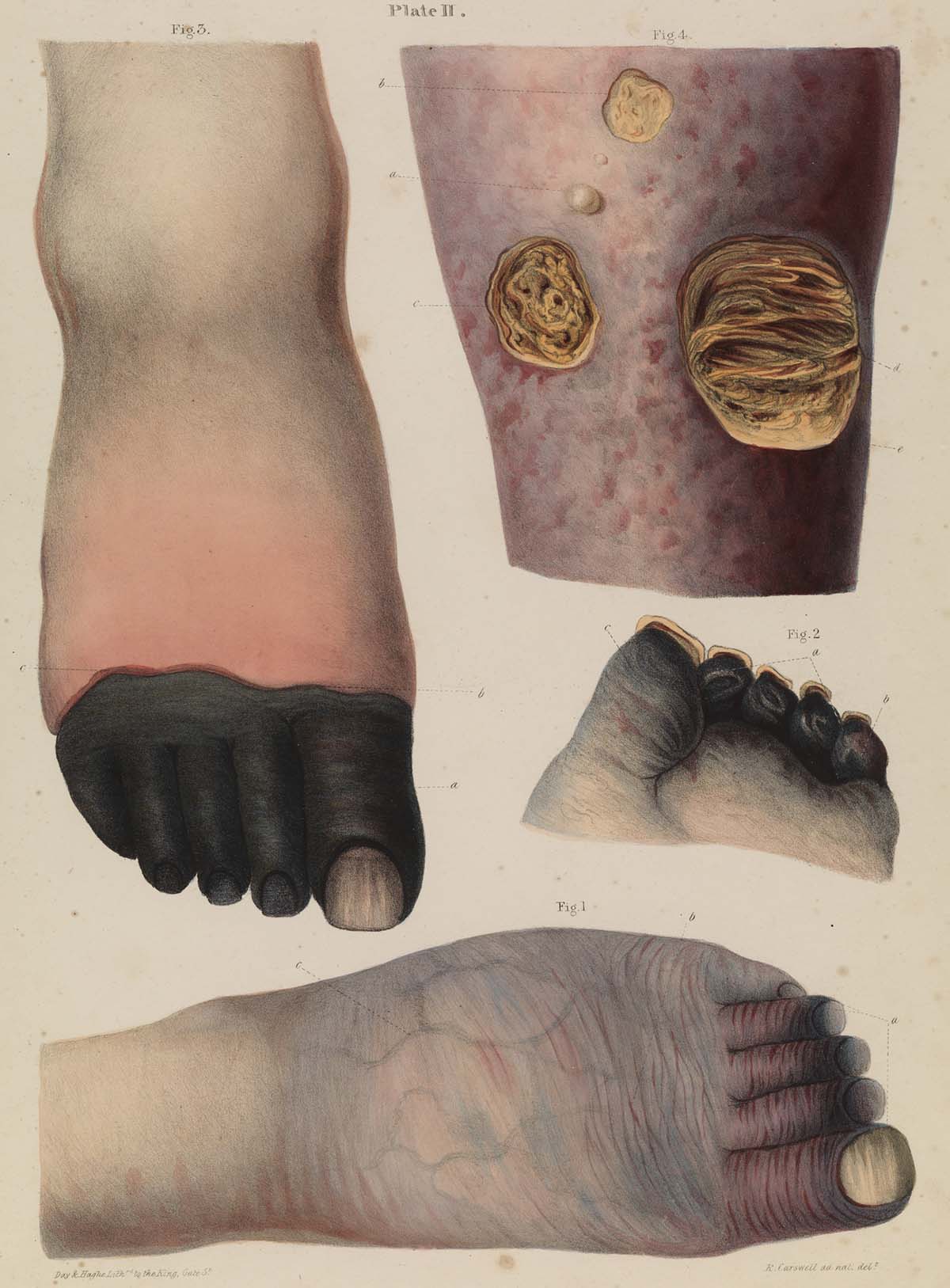
Dry gangrene
The symptoms of dry gangrene most commonly manifest themselveson the skin. Dry gangrene makes the skin change color to different shadesincluding brown, purple, blue or black. It takes a really long time for drygangrene to fully develop and it usually originates from the diseasesconcerning blood vessels.
Wet gangrene
Wet gangrene is the kind of gangrene which usually shows upafter suffering an injury, severe burns or freezing, but it can also affectpeople with diabetes who cause damage to their feet. It is almost certainly asign of some kind of an infection, and the symptoms of wet gangrene areswelling and blistering. It is extremely dangerous and should be dealt with assoon as it’s discovered, for it spreads quite quickly and can even be lethal.
Gas gangrene
Gas gangrene develops from a particular kind of bacteriacalled Clostridium perfringens. The infection it causes discharges gas in theaffected area, after it has caused the blood supply, thereby leaving no chancefor the affected tissue to survive. It usually attacks the muscles and itssymptoms do not become noticeable right from the start. When they do, theyinclude a change in skin color to a gray or purple and red. The gas can evenbe felt underneath the skin to be sort of bubbly and crunchy.
Internal gangrene
Internal gangrene attacks the organs and it is not seldomthat more than one are affected. The organs which are most likely to beaffected by internal gangrene are the appendix, gallbladder and bothintestines. This happens when the blood flow is somehow impeded to reach theorgan that it’s supposed to, for example, in the case of muscle swelling.Internal gangrene is characterized by fever and very strong pain and can bevery dangerous, terminal even.
Fournier’s gangrene
Fournier’s gangrene is the kind of gangrene which is leastlikely to occur. It affects the genitalia, particularly male. It can be aresult of a genital infection or a urinary tract and some of its symptomsinclude soreness, pain and swelling.



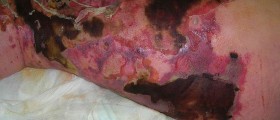
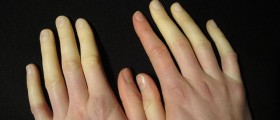






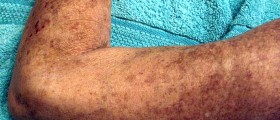

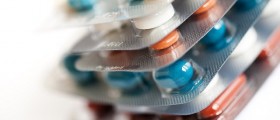


_f_280x120.jpg)
Your thoughts on this
Loading...